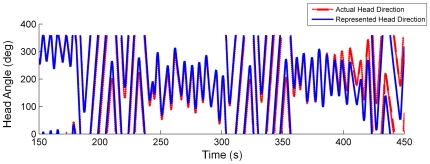Figure 9. Typical head tracking in darkness maintains reasonable accuracy for several minutes.
Actual and represented head directions are initially aligned at 150 s; over the next 5 minutes (300 s), angular disparity slowly increases. The error arises due to slight residual imbalances (directional biases) in the HD connections, causing the HD bump to move faster in one direction than the other in certain bump locations, as well as a small speed-dependent (nonlinear) response of the HD bump to varying input current from the asymmetric AHV cells.

